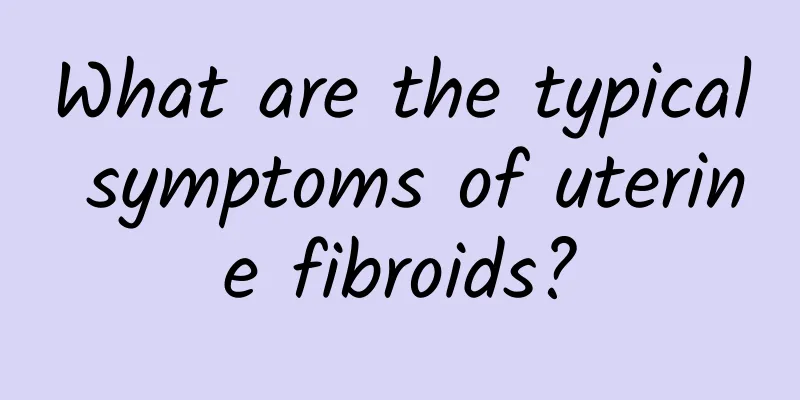What are the early symptoms of pelvic peritonitis?

|
There are many people around us who suffer from pelvic peritonitis. Don't ignore the existence of this disease. After the disease occurs, patients will feel waist pain, abdominal pain, vaginal swelling, and increased leucorrhea. Therefore, it is very important to understand the symptoms. After understanding the symptoms, actively treat them. So, what are the symptoms after suffering from pelvic peritonitis? 1. Low back pain Experts point out that the pain area referred to by patients is equivalent to the level of the sacrogluteal area, and a few are in the lower half of the sacrum, often accompanied by symptoms of lower abdominal pain. 2. Lower abdominal pain What are the symptoms of pelvic peritonitis? Most of them are chronic diffuse pain in the upper area of the auricular joint, or pain in the lower abdomen on both sides, which is often more severe on one side and affects the same side or lower limbs at the same time, especially soreness and weakness in the groin or hip, which starts in the middle of the menstrual period. 3. Vaginal swelling Patients with pelvic congestion often have swelling and pain in the vulva and vagina, or burning and itching in the vulva. The vulva may show coloration, swelling or hypertrophy of the labia, and even a certain degree of venous distension, irritation or varicose veins, which are all symptoms of pelvic peritonitis. 4. Excessive leucorrhea According to relevant data, among women with pelvic peritonitis, nearly half of them have symptoms of excessive vaginal discharge. The characteristics of vaginal discharge are mostly clear mucus and no signs of infection. 5. Menstrual changes Among the symptoms of pelvic peritonitis, some patients have menorrhagia, which is often misdiagnosed as uterine fibroids or uterine hypertrophy due to uterine hypertrophy. Some patients have less menstrual flow than before, but with obvious premenstrual breast pain. Warm reminder, I hope everyone is aware of these symptoms, pays attention to the development of the disease, and adopts reasonable treatment plans. At the same time, you should also pay attention to some conditioning methods, effectively treat it, and stay away from the torture of this disease. In order to avoid the occurrence of this disease, women should pay attention to their own hygiene and effectively defend themselves to avoid being harmed by this disease. |
<<: What are the symptoms of pelvic peritonitis?
>>: Typical symptoms of pelvic peritonitis
Recommend
Get moving to blast fat! 7 Effective Fat Burning Exercises
No time to hit the gym to burn fat? It doesn’t ma...
Prevention of irregular menstruation should focus on regulating life
Irregular menstruation brings a lot of inconvenie...
The harm of electrocautery for cervical erosion
Electrocautery for cervical erosion is a commonly...
Is drinking juice really healthier? Nutritionist: 7 tips for making juice wisely to improve your health
For the sake of health, many people do not drink ...
What are the specific measures to prevent dysmenorrhea?
Dysmenorrhea is very common in life, and it is al...
What is inevitable miscarriage and what are the causes of inevitable miscarriage?
After pregnancy, pregnant women hope to give birt...
Women need to pay attention to the dangers of pelvic inflammatory disease
Pelvic inflammatory disease refers to a major inf...
What is submucosal uterine fibroid type 2? How to treat submucosal uterine fibroid better?
What are submucosal uterine fibroids type 2 and h...
What are the treatments for adnexitis?
Nowadays, there are more and more patients with g...
Experts explain important inspection measures for painless abortion
Although compared with other abortion surgeries, ...
What are the dangers of amenorrhea in women?
Menstruation is a physiological condition unique ...
What are the symptoms of bacterial vaginosis
Symptoms of bacterial vaginosis include increased...
What are the symptoms of irregular menstruation?
What are the symptoms of irregular menstruation? ...
What is the cause of vulvar leukoplakia?
What is vulvar leukoplakia? What is the cause of ...
What are the dangers of multiple miscarriages for women?
Artificial abortion has become a social phenomeno...









